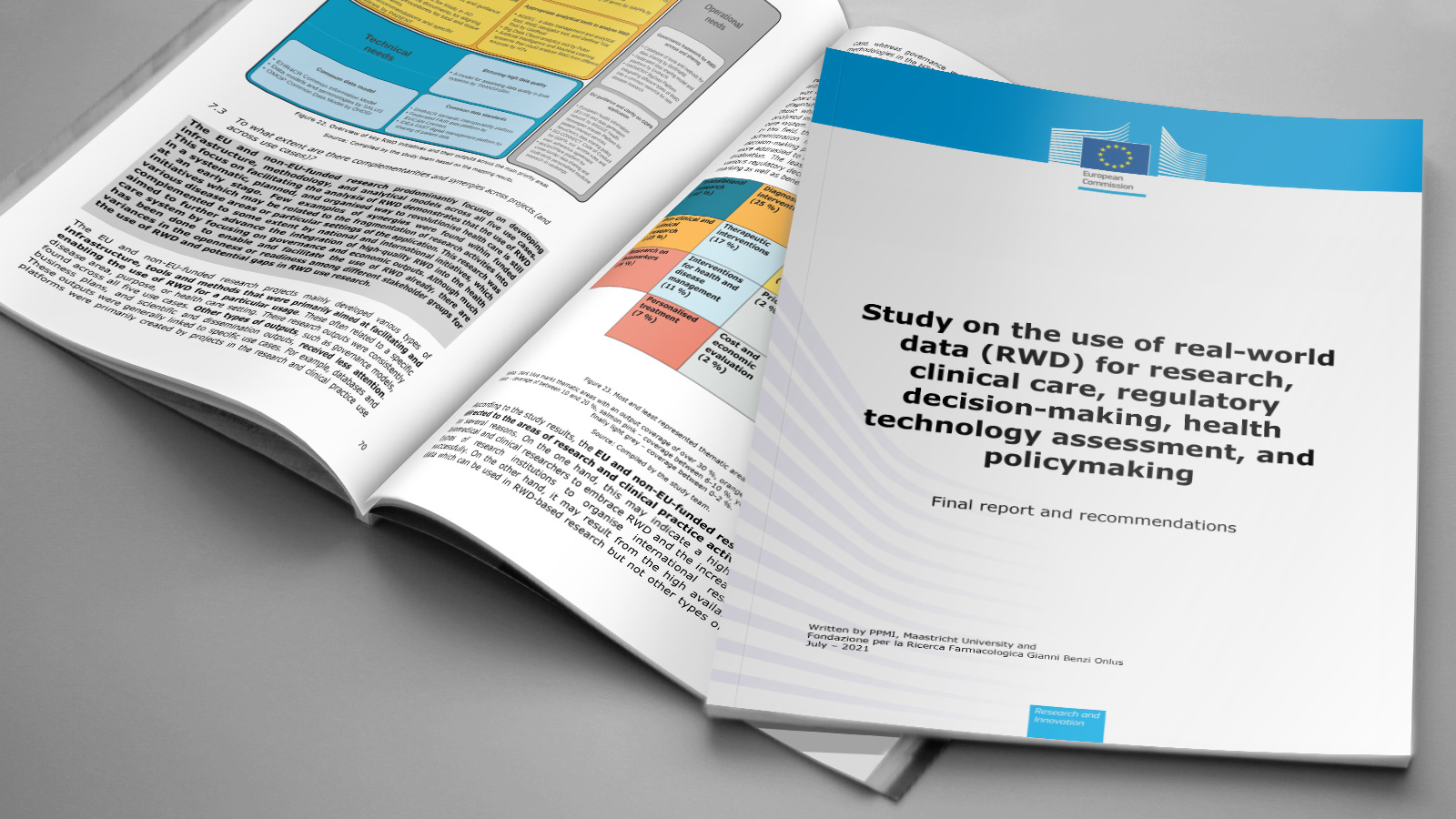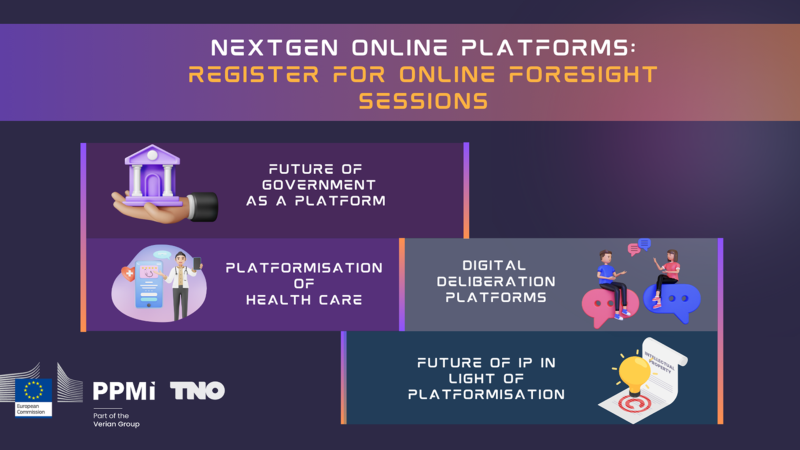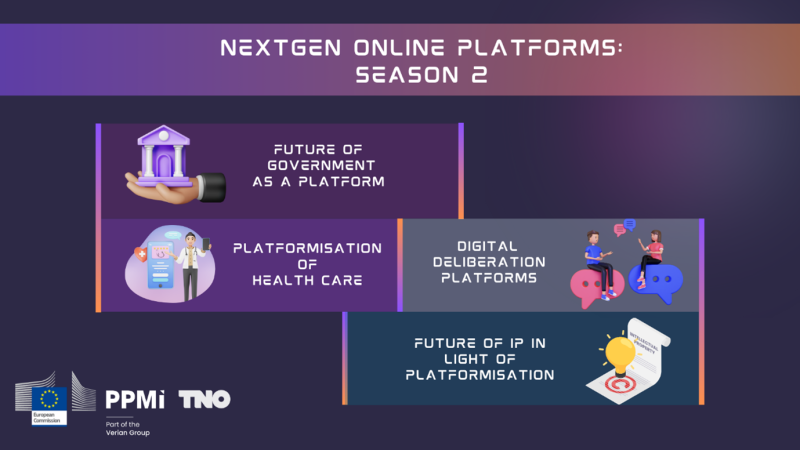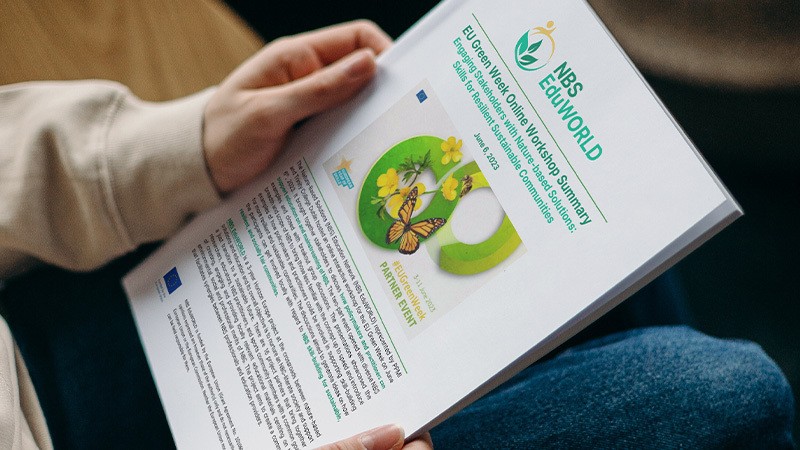PPMI recently completed a study on the use of real-world data (RWD) which was one of the European Commission’s key initiatives aiming to translate RWD into meaningful health outcomes. RWD refers to a subspecies of big data that denotes health-related data not collected within the context of a typical clinical research setting. The use of RWD within health care systems accelerated rapidly over the recent years. The outbreak of the COVID-19 pandemic in particular stressed the importance of RWD for decision-making and induced a sense of urgency in the demand for additional health care data. The study provided a comprehensive overview of RWD initiatives and their outputs worldwide highlighting how these types of data are changing the healthcare ecosystem. The analysis focused on five use cases of RWD, including research, clinical decision-making, regulatory decision-making, health technology assessment, and policymaking.
The study involved different methods featuring elements of both qualitative and quantitative data analysis. Capitalising on machine learning and other cutting-edge techniques, the study team scanned over 35,000 projects along with nearly 460,000 monitoring documents to identify 192 RWD-specific initiatives. These initiatives either used RWD for healthcare purposes or developed tools and methods to facilitate the use of RWD for other stakeholders. Although most of these initiatives were EU-funded projects, the sample also included highly relevant non-EU funded projects which had proven to be highly impactful either at the national, EU or global level. Through an extensive mapping exercise and EU-wide stakeholder consultations, we identified the key stakeholders and their needs, types of RWD sources and outputs produced along with projects’ complementarities per thematic research area. Multivariate cluster and network analyses were also used to display how the analysed projects can be clustered together.
Towards the end of the study, a needs-gap analysis and interviews with selected EC officials were carried out to identify future research that would make RWD more valuable, and to derive recommendations on how to enable the wider use of RWD. Through a series of six virtual workshops, the future strategies for widening the use of RWD were validated with more than 150 participants from the sectors of academia, industry and government as well as various patient organisations.






